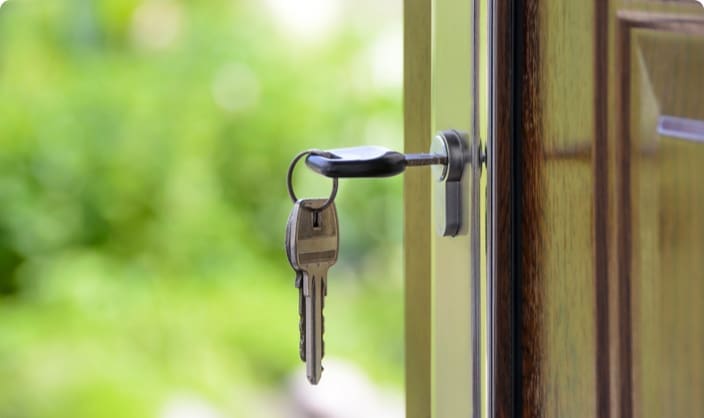Stamp Duty Calculator
Fill out our quick and easy Stamp Duty tax calculator below. We only require the property purchase price, whether you’re a first-time buyer, and if you’re purchasing a second residence. From this, we can give you the precise amount you owe.
Stamp Duty applies to any property purchase in the UK and Northern Ireland. So, whether you’re a first-time buyer, a home mover, or a Buy-to-Let landlord, you can discover what you would owe.
NO CREDIT CHECKS!
What is Stamp Duty?
Stamp Duty Land Tax (SDLT) is a transaction tax paid for property purchases. The amount of tax paid is not based on the market value of the property but on the purchase price. It is paid to HMRC and this typically is done on your behalf by your solicitor or conveyancer.
At the time of writing, Stamp Duty is currently payable in England and Northern Ireland. If you live in Scotland, Land and Buildings Transaction tax applies. Alternatively, if you live in Wales, you pay Land Transaction Tax.
Stamp Duty is paid on residential properties purchased for £250,000 or more. However, if you’re a first-time buyer, this minimum amount is increased to £425,000. First-time buyers also receive a discount rate on anything up to £625,000.
For non-residential properties, you don’t pay any Stamp Duty up to the purchase price of £150,000.
How is stamp duty calculated?
HMRC splits Stamp Duty rates into different bands. This means that the tax you’ll pay falls into a band based on the purchase price of your property. Furthermore, only the portion of the property value that exceeds the minimum requirements is taxed.
For example, a home mover buying a property for £295,000 would pay:
| Nothing on the first £250,000: | £250,000 x 0% | = £0 |
| Plus 5% on the amount over £250,000: | £45,000 x 5% | = £2,250 |
So, in this case, a total of £2,250 would be paid.
How much stamp duty will I pay?
As mentioned, the Stamp Duty charge for residential properties differs depending on the purchase price. The tables below show the rates that apply to home movers, second property buyers, and first-time buyers. It is worth noting that a Buy-to-Let property can be classed as a second home. You should also note that a second property incurs no tax if it is purchased for less than £40,000.
| Band | Normal rate | Second property |
| Up to £250,000 | 0% | 5% |
| £251,000 to £925,000 | 5% | 10% |
| £925,001 to £1.5 million | 10% | 15% |
| Over £1.5 million | 12% | 17% |
Total Stamp Duty payable:
The next table shows how Stamp Duty affects first-time buyers on purchases up to £625,000. First-time buyers purchasing above £625,000, or purchasing any property that isn’t for their occupation, are ineligible for reduction. Therefore, they would pay at the normal rates as above.
| Band | Rate for first-time buyers |
| Up to £425,000 | 0% |
| £425,001 to £625,000 | 5% |
When do you pay Stamp Duty?
Stamp Duty must be paid within 14 days following the completion of the property purchase. This used to be 30 days, but was reduced in March 2019.
You usually don’t need to do much, as your solicitor or conveyor will organise the payment.
It’s possible to add your stamp duty payment to your lender, saving you from having to pay the lump sum upfront. If you wish to do this, you can ask your lender or broker if this can be arranged.
If you want to learn more about Stamp Duty, you can read our complete guide.
Helpful Quick Links

Calculators
These calculators are great for getting a quick guide, but if you want a completely accurate assessment then you should talk to one of our professional advisors.

Latest News
We’re always looking at what matters to borrowers in the region, and paying attention to the issues you’re concerned with. Read our latest news here…

Latest Guides
Looking for more information on a particular mortgage-related subject? Our expert advisers have written a series of guides to answer your questions.
We'll call you…
"*" indicates required fields


